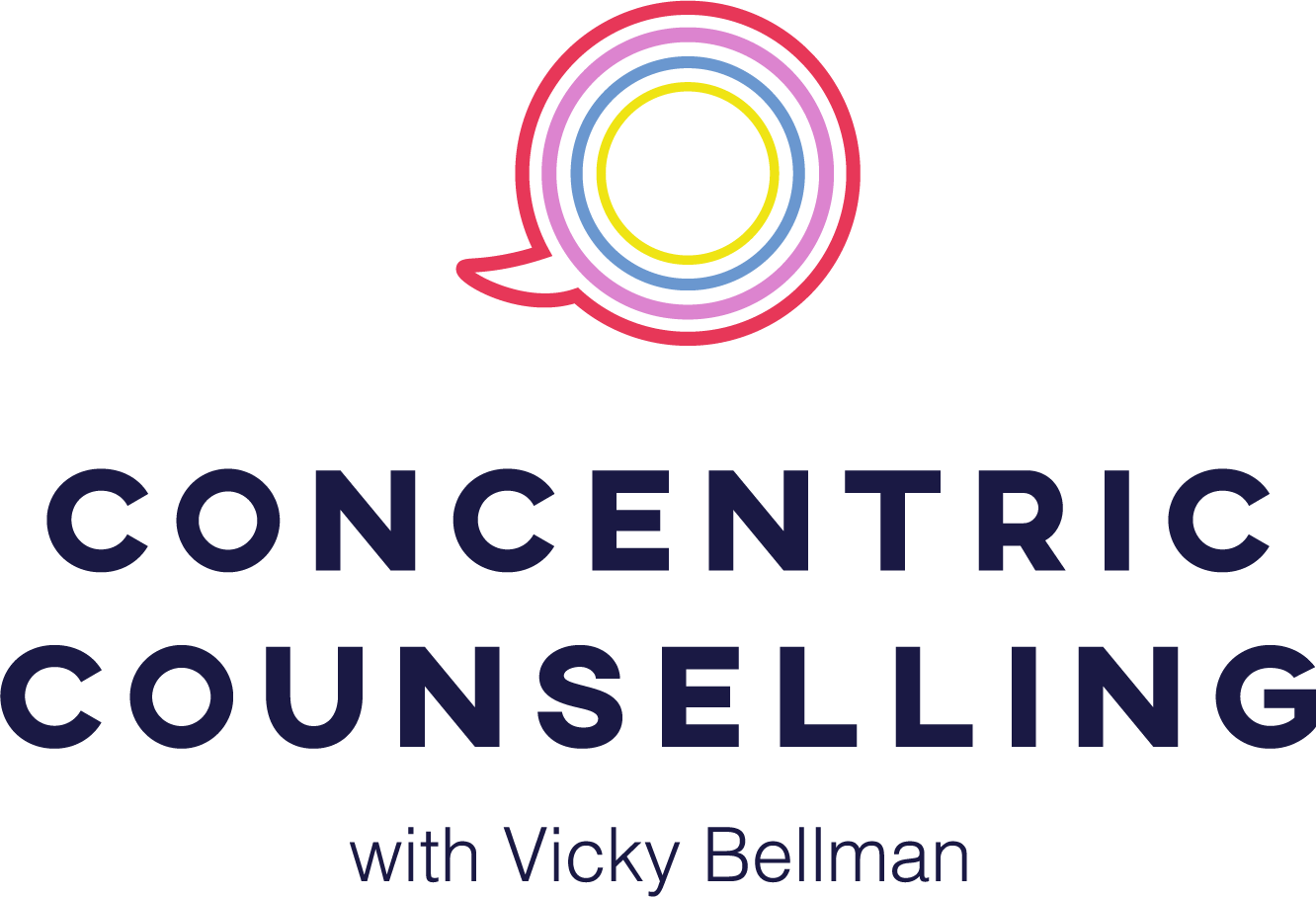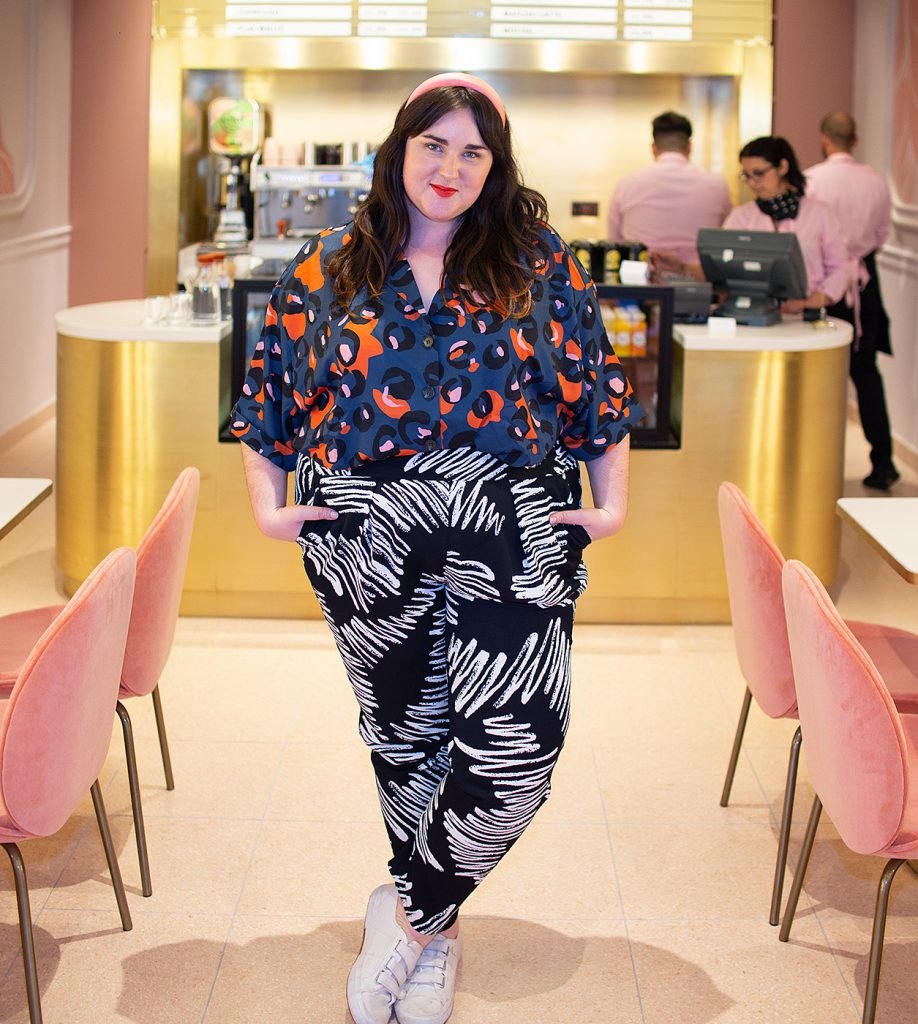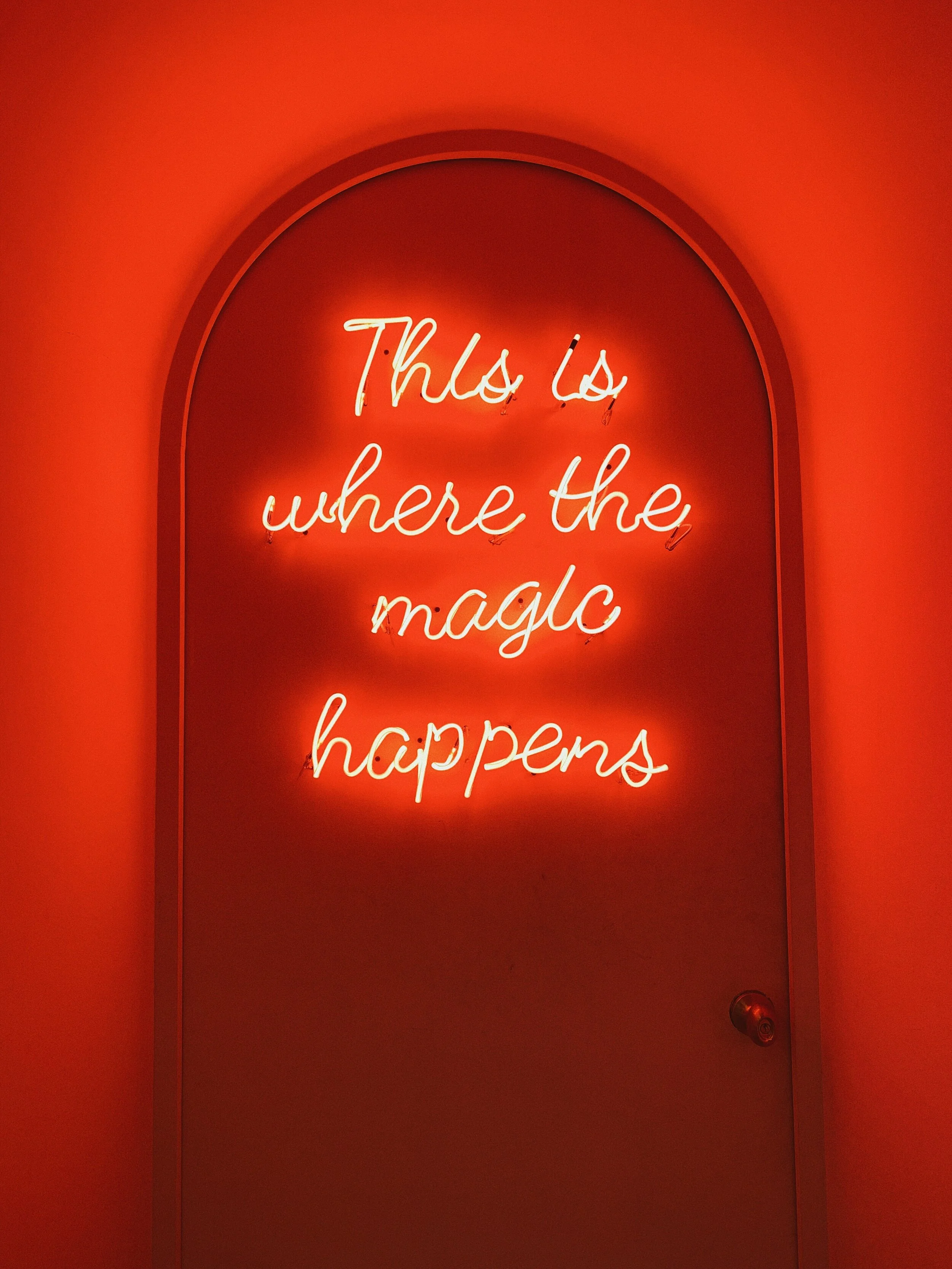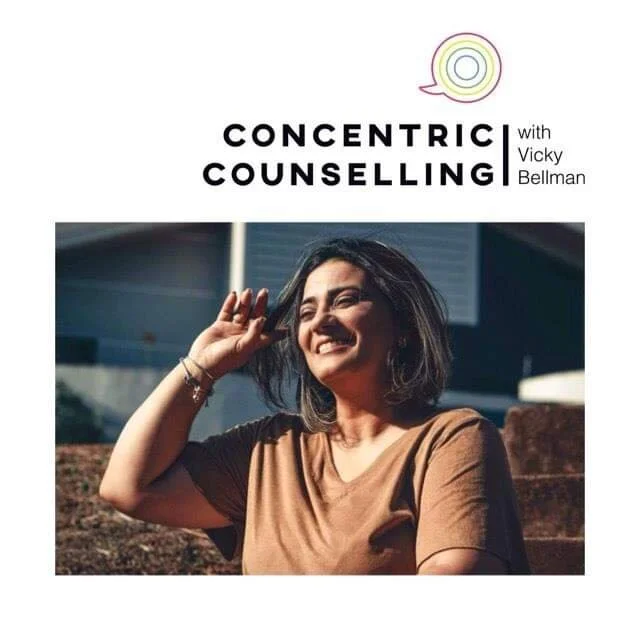Sitting in the corridor - why it's a necessary part of recovery
I often meet clients when they're in a particular spot... they’ve turned their back on intentional weight loss, knowing that going back into that way of life will only cause harm and open them up to risk. At the same time, they don't know how to transition into a space of body acceptance, knowing that there will also be loss in that decision.
It is, understandably, where you will seek out someone to help you with your process; because you know the old way isn’t working for you anymore, but you don’t know how to get to the next phase of their life – one in which they experience food freedom, and body respect.
And when I meet clients, this is how I phrase it – we're in the corridor. You’ve closed one door, and you don’t want to get back through it, even though it’s familiar. There’s a door in front of you, marked ‘acceptance’, but it’s super unfamiliar, and it’s daunting to go in that room. What’s behind the door? Is there anyone there? What do I have to give up to go in there? What if I change my mind? Isn’t the old room better, just by virtue of being known? What perks are through the new door, that make all this worthwhile? The process of walking through that door is filled with questions.
The corridor is where we consider all of that. Bring a cushion, do you need a blanket? I put tissues on that little table in case we need them. We sit down with our backs to the wall and talk. We pace the floor, working through challenges. Sometimes we kick the skirting board in frustration. Sometimes we don't talk, and we just sit quietly together and work it through – we experience the corridor, we take a look around. But we must spend some time in the corridor - in the in-between - before we can transition through to the next space.
“We move at the speed of trust”
The in-between isn’t a space we’re encouraged to linger in; not in our culture. We're supposed to be barging through doors, seizing the moment, moving on. Some people are surprised I’m not hurrying them out of the corridor and through that door. But, as you might be familiar with if you’ve worked with me or read this post, we move at the speed of trust (thank you to adrienne maree brown for this phrase). We leave the corridor at the speed of trust. I know the best thing we can do is be in the corridor – the in-between space – for as long as it needs to be. I know the best way out of this space is to let this space be what it needs to be for you. And I hold the trust that we will move through the acceptance door when the time is right. It's your timeframe, and I recognise it’s a big transition, so I’m going to kick time with you in this corridor for as long as you need. Honestly, it’s my privilege that you invited me into this space, and I trust you here.
Sitting in the corridor is just about as glamorous as it sounds (eg, not very). It isn’t a brilliant place sometimes – it can be tedious, bleak, just a way to get to somewhere else. But it’s also a profound, creative, imaginative and wise space; when we give ourselves the time and hold our courage to stay here for as long as we need. Sometimes we cry, sometimes we get pissed off, sometimes we laugh. I hope, very much, that you’ll be glad you asked someone to spend time with you there – someone who’s spent time here before - because sitting in the corridor on your own isn’t much fun at all. And you’re sitting with someone who knows - who believes and trusts - who holds the hope – that this time in the corridor is worth it.
I can’t tell you exactly what is behind your acceptance door. I can tell you it’s filled with ordinary magic. And with you, in the corridor, we can construct that acceptance space together. We can imagine, and build, and plan, and hope. We can prepare, we can grieve, we can draw up our courage. We can connect, we can create. In that way, the corridor is filled with ordinary magic too.











